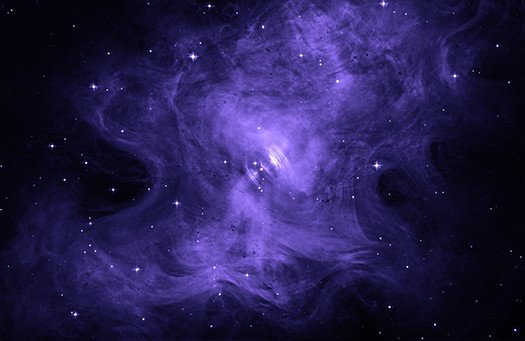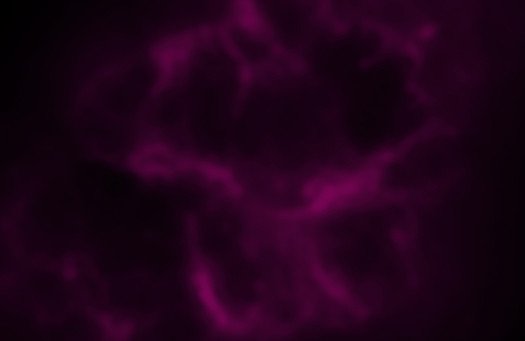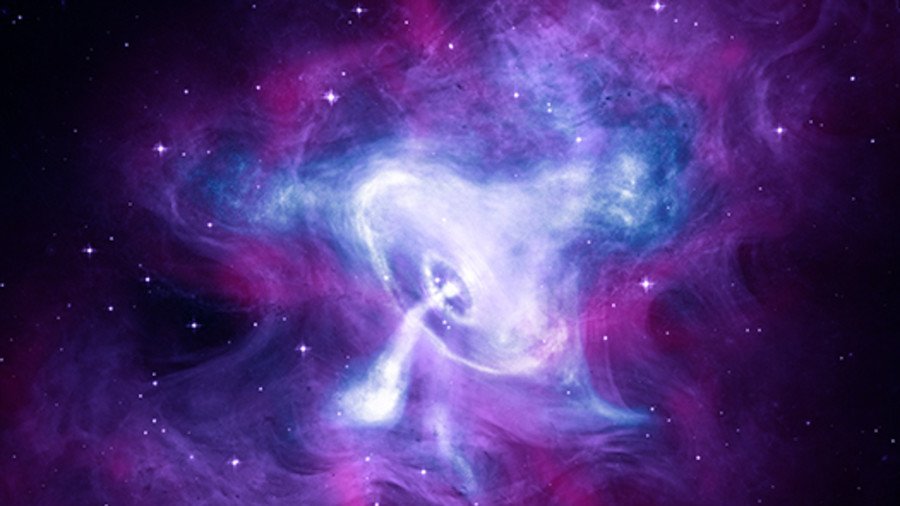NASA has released a spectacular image of the majestic Crab Nebula in the constellation of Taurus. The image is a composite of a series captured by the agency’s x-ray, optical and infrared satellites.
First recorded by astronomers in 1054 AD, the Crab Nebula was formed when a star exhausted its supply of nuclear fuel and collapsed. Now, it is powered by a quickly spinning neutron star, known as a pulsar. NASA’s image shows waves of matter emanating from both the north and south poles of the pulsar, which is shaped like a phosphorescent wizard’s hat.

READ MORE: Red alert: Jupiter’s ancient storm turning orange & changing shape (VIDEO)
NASA says that this effect is caused by the pulsar’s rapid rotation and a powerful magnetic field, which create jets of matter and antimatter. The different colors in the image represent the stills captured by NASA’s different satellites throughout the years. The blue and white colors represent pictures taken from the Chandra Telescope, while the purple color is from the Hubble Space Telescope and the pink color is from the Spitzer Space Telescope.
READ MORE: Hubble discovers vast evidence of water in rare exoplanet’s atmosphere
The Chandra Observatory, which will celebrate the 20th anniversary of its launch next year, is an X-ray satellite. While Hubble is an optical satellite, which takes simple pictures of objects throughout the cosmos, Chandra captures gases and other materials with such a small wavelength that they tend to pass through most matter. Meanwhile, an infrared telescope, such as the Spitzer, identifies celestial bodies by scanning for signs of radiation.

Like this story? Share it with a friend!


